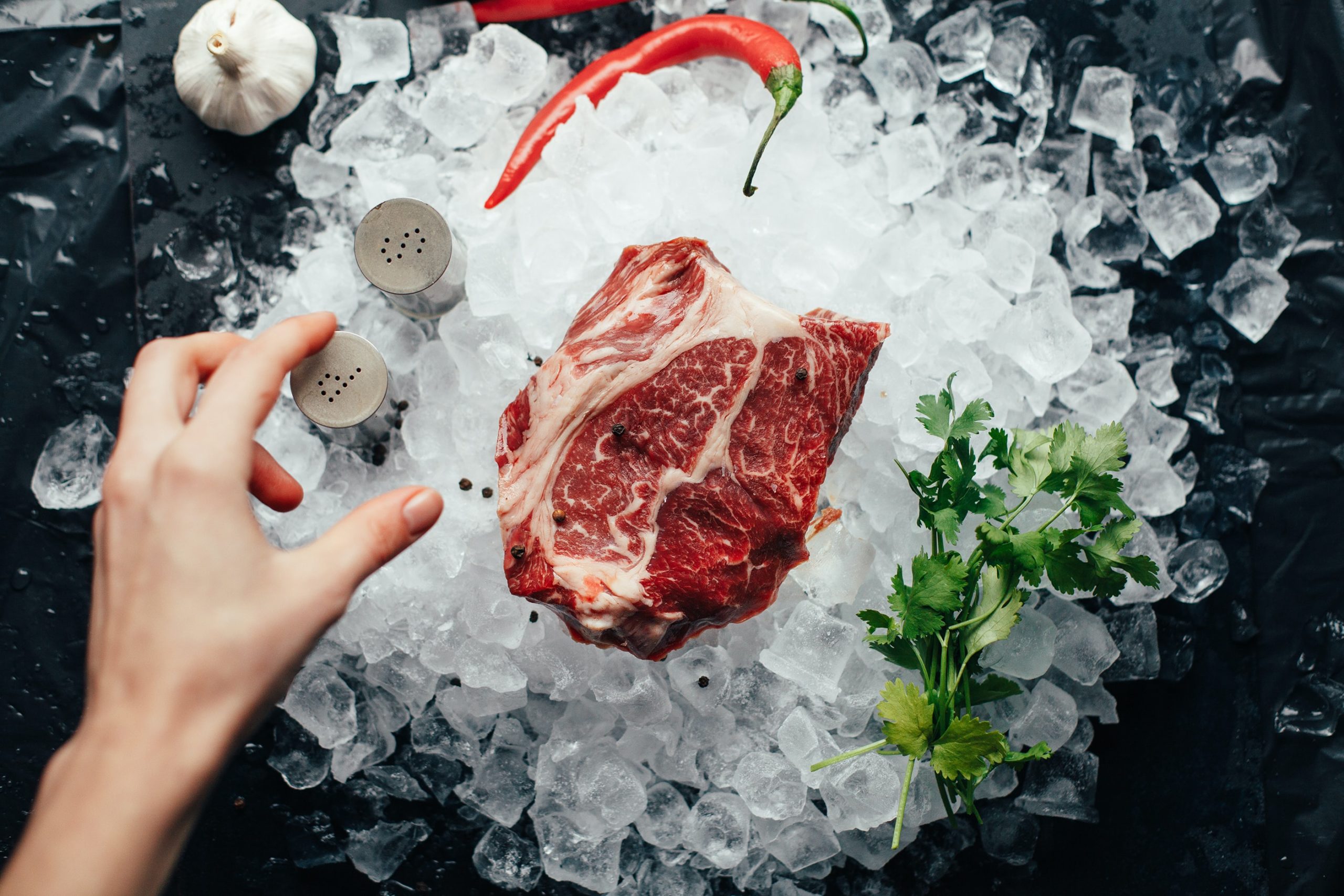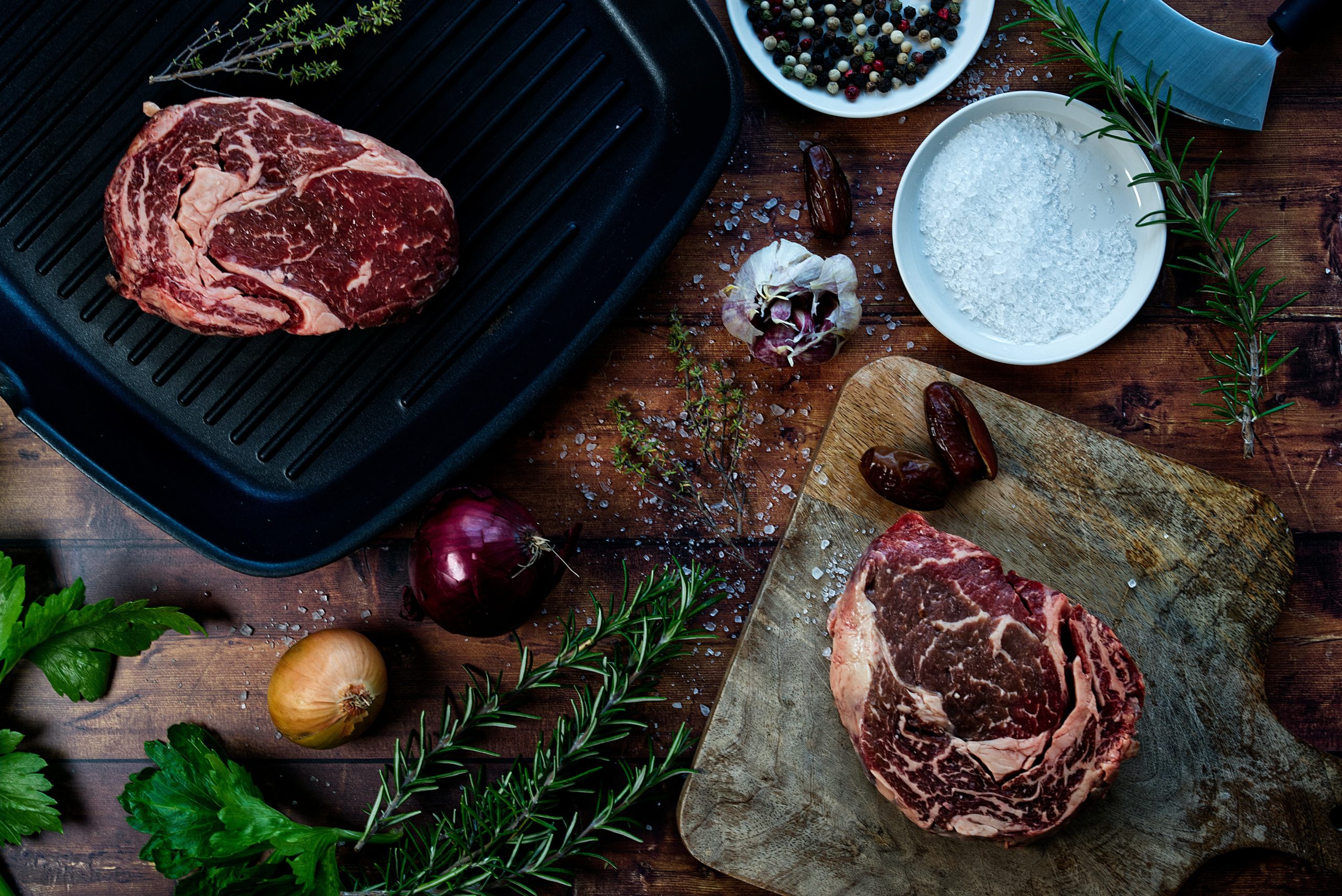Chicken is one of the most popular proteins on the planet. Because it has lower fat and a more excellent protein ratio than other meats, it’s a good choice for lean protein. Raw food diets have recently gained popularity, particularly among dietary restrictions. Raw food diets promote meatless nutrition centered on raw fruits and vegetables, and meats have gradually found their way into raw food diets. This article will show what happens if you eat raw chicken.
It’s critical to ensure that the chicken is thoroughly cooked to a safe temperature. Some germs that might cause illness are commonly found on chickens, and these germs will be killed if the chicken is cooked to an internal temperature of 165°F (74°C). Although chicken is a healthy option, raw chicken is frequently contaminated with Campylobacter bacteria and Salmonella and Clostridium perfringens bacteria. You can get a foodborne illness, sometimes known as food poisoning, if you consume undercooked chicken.
What Happens if you Eat Raw Chicken?
Eating raw chicken can lead to serious health risks as it can be contaminated with harmful bacteria such as Salmonella, Campylobacter, and E. coli, among others. These bacteria can cause foodborne illnesses and can lead to symptoms such as nausea, vomiting, abdominal cramps, diarrhea, fever, and in severe cases, hospitalization.
Raw chicken meat may also contain harmful parasites such as Toxoplasma gondii or Cryptosporidium, which can cause serious health problems.
It is important to cook chicken thoroughly to an internal temperature of 165°F (74°C) in order to kill any bacteria or parasites that may be present. Avoid eating undercooked or raw chicken, and always handle chicken and other raw meats with care, washing your hands and utensils thoroughly before and after handling them.
What Pathogens Can Be Found On Raw Chicken?
Consumer Reports estimate that up to two-thirds of chickens purchased in the United States may be contaminated with Salmonella, Campylobacter, or both.
Many farm animals, particularly chickens, have Salmonella bacteria in their guts. In humans, it can cause an infection of the intestines.
- food poisoning
- typhoid fever
- enteric fever
- gastroenteritis
- other illnesses
When chicken meat comes into touch with animal excrement, it might become infected with Campylobacter. Bloody diarrhea is the most common sign of Campylobacter infection, and in some situations, it can potentially lead to more severe issues.
The most frequent infections discovered on raw chicken are Salmonella and Campylobacter. Other pathogens include the following.
- Staphylococcus aureus
- E. coli
- Enterococcus
- Klebsiella
Illness As A Result Of Eating Raw Chicken
The most typical symptoms arise after consuming raw chicken contaminated with one or more of these pathogens.
- Abdominal cramps
- Diarrhea
- Nausea
- Vomiting
- Fever
- Headache
- Muscle pain
Diarrhea caused by Salmonella is usually highly liquid. It’s common for Campylobacter infections to be bloody. Symptoms often appear one to two days after ingesting Salmonella and two to ten days after ingesting Campylobacter, and symptoms often disappear after four days. Antibiotics may be required in severe cases of Campylobacter infection.
Serious Repercussions
1. Bacteremia
Bacteria can spread to other parts of the body when they enter the bloodstream, referred to as bacteremia. Depending on where part of the body becomes infected, it can take various forms.
Bacteremia is more likely to develop in people who have weakened immune systems. Those who use medicine to reduce stomach acid are also more vulnerable, and this is because stomach acid protects the intestine from infection.
2. Typhoid fever
Typhoid fever is caused by a strain of Salmonella bacteria called Salmonella typhi. Humans only carry Salmonella typhi; however, chicken can be infected by human handlers. The following are some of the signs and symptoms of typhoid fever:
- a very high fever of up to 104°F (40°C)
- a rose-colored rash
- stomach pain
- weakness
- headache
Safe Chicken Handling Tips
There are the actions you can take to avoid infection from raw chicken:
- Before refrigerating raw chicken, wrap it in another plastic bag, which keeps the juices from contaminating the rest of the food.
- After handling raw chicken, properly wash your hands.
- When cutting raw chicken, use a separate cutting board.
- After cooking raw chicken, carefully wash tools, plates, cutting boards, and surfaces with soap and hot water.
- Using a meat thermometer, check that the chicken has reached an internal temperature of 165°F (74°C).
- When cooking pre-cooked chicken, carefully follow the package directions.
- Send it back if you’re eating out and feel the chicken you ordered isn’t cooked correctly. Experts recommend avoiding fashionable raw chicken recipes.
- Within one hour, place leftover chicken in the refrigerator or freezer.
If I Ate Raw Chicken, What Should I Do?
Symptoms of disease caused by eating raw chicken usually go away without medical attention. People should, however, consume plenty of fluids, particularly if they are vomiting or have diarrhea. A person can drink water to replace fluids and electrolytes. Chicken is a safe food to eat and enjoy when handled and cooked correctly. If you have a foodborne illness, get lots of rest, drink plenty of fluids, and get medical treatment if your symptoms last more than a few days.
Is It Necessary To Wash Meat Before Cooking?
Washing might be an excellent approach to get rid of bacteria in general. Washing hands, for example, is an excellent idea to get rid of germs that accumulate throughout the day. This recommendation also applies to specific foods, such as fresh produce. Dirt and bacteria may be present on the surface of foods such as fruits and vegetables. Running cold water over fresh produce will assist in the removal of these contaminants, allowing the goods to be ready to consume.
Bacteria found in meats and poultry can be hazardous if they enter the body. Some people wash meat before cooking, freezing, or marinating it because of this. This is, however, needless and potentially harmful. Washing meat is not a good idea in general. Washing it will not eliminate all bacteria, but it will increase the danger of potentially harmful bacteria spreading.
Bacteria can be found in raw meat and poultry fluids. Bacteria such as Campylobacter and Salmonella are regularly found in meat and poultry. Attempting to wash the meat fluids off can transmit the bacteria to other cooking utensils or surfaces. They can also spread to a person’s hands and clothing, as well as to other foods.
It’s not always easy to identify when cross-contamination occurs and cleaning it is challenging. Bacteria can enter the body through cross-contamination and cause ailments like food poisoning. Even after washing raw meat and poultry numerous times, some microorganisms are difficult to eliminate.
Some people soak the meat in salty water before cooking it; however, this does not affect food safety, and there is still a risk of cross-contamination when handling the water and meat. If folks want to soak the meat, they should do so in the fridge.
All bacteria can be killed by cooking meat and poultry at a high temperature. Meats should be cooked to a minimum internal temperature of 145°F, and a food thermometer can be used to determine this.
Conclusion
Washing meats and poultry is never a brilliant idea. Washing can cause cross-contamination, whether it is done before cooking, freezing, or marinating. Cross-contamination occurs when germs from the meat spread to other parts of the body, such as hands and kitchen surfaces. All bacteria will be killed if meats and poultry are cooked properly, and Pre-cleaning them only raises the danger of infection. Bacterial infections can result from cross-contamination and can cause various symptoms.


